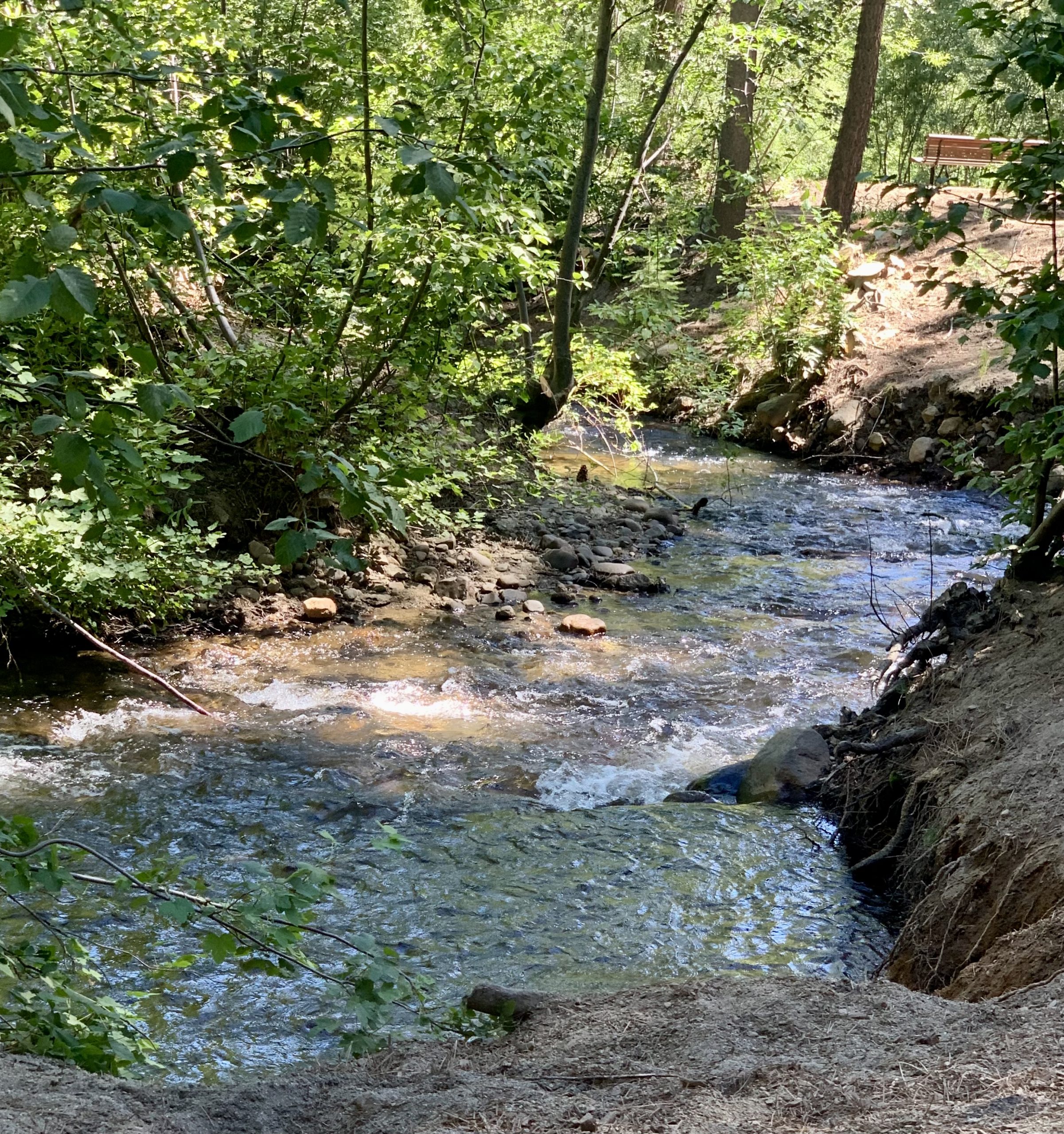Stand on any vista point overlooking Lake Tahoe, and you will be captivated by the seeming serenity of that big blue lake in front of you. That’s why it’s hard to believe you are really looking at a perpetual motion machine.
Lake Tahoe has as many as 63 tributaries pouring their fresh water into the lake, nourishing it with a constant influx of new water, and enriching its deeper water with nutrients. After the water swirls around the lake for a bit, it eventually hits the Truckee River, the lake’s only outflow, which flushes water downstream, insuring renewed vitality.
Almost everyone knows where the Truckee River meets the Lake. Though, many do not know the locations of tributaries. Several of the larger, more well known tributaries are easily found on Lake Tahoe’s west and south shores.
The Upper Truckee River, Lake Tahoe’s largest tributary, is a stream that flows 23 miles from Red Lake Peak in Alpine County. Its journey is not a straight line. Instead, the water meanders from point to point, from swampy areas to small lakes to major lakes. The water it carries is enriched by, and enriches, everything in its path. The Upper Truckee River’s watershed of 56 square miles is the largest in the Tahoe Basin. The original flow of the Upper Truckee was re-channeled to the lake because of the Tahoe Keys development.
Taylor Creek is a primary tributary on the western shore of Tahoe. The Taylor Creek Visitor Center is the place to refresh your knowledge about the ecosystems around us – from the kokanee salmon spawning areas to the abundant wildlife depending on it.
Meeks Creek enters Lake Tahoe on the west shore, near Meeks Bay. The creek is an important habitat for native fish, as well as an important area for wildlife movement. The Meeks Creek Trail allows visitors to explore the area, and enjoy panoramic views of Lake Tahoe.
Blackwood Creek, near Tahoe Pines, brings its water down from Granite Chief Peak. The creek is said to be an important habitat for wildlife, while also being a popular destination for hikers, and picnickers.
Eagle Creek descends through rugged country. It entertains its many visitors by cascading over granite boulders, and forming picturesque, and noisy, turquoise-colored waterfalls before emptying into Emerald Bay. Visitors can enjoy rushing waters upstream, then visit Vikingsholm Castle down at the lake’s shore.
Fallen Leaf Lake Creek drains into Lake Tahoe from Fallen Leaf Lake. It’s a short journey from one lake to another. The little creek does offer hiking and fishing opportunities, and Fallen Leaf Lake deserves exploring. For the hungry, a small cafe serves lunch — for the energetic, the marina rents paddle boats, kayaks, or stand-up paddle boards. Only open from Memorial Day through September 30th, though.
This blog started out to be factual – to explain a bit about how Lake Tahoe works. It ended up advising readers where to rent a kayak, and where have a little lunch among the pines. Even after 45 years of living in the Tahoe Basin, its charms still overwhelm this writer. Take it from a local, relax. Resistance is futile. See you out on the lake someday.


 Facebook
Facebook
 Twitter
Twitter
 Pinterest
Pinterest
 Copy Link
Copy Link
